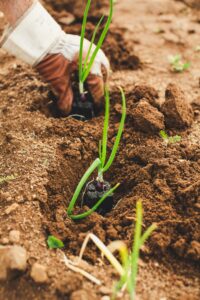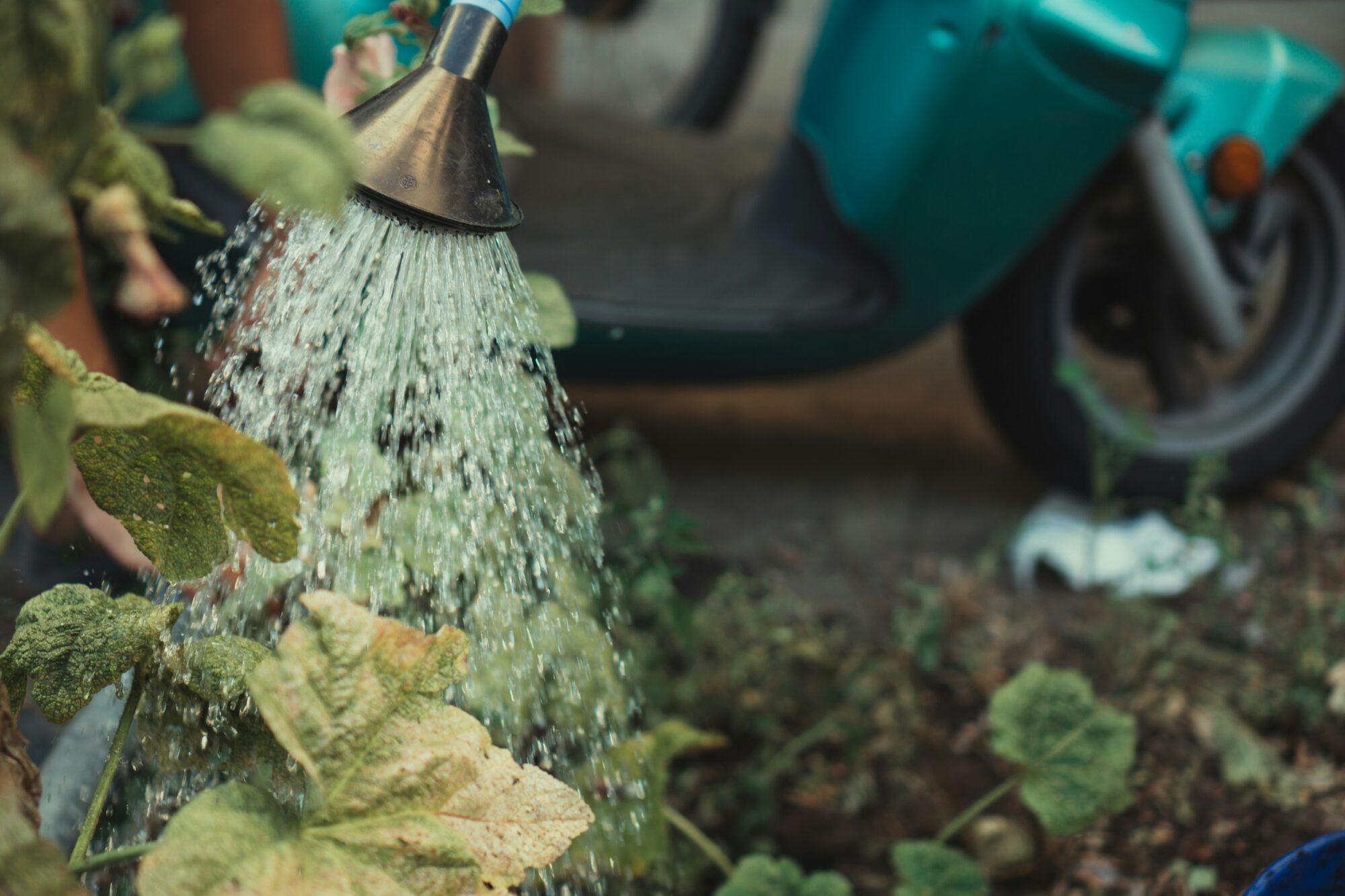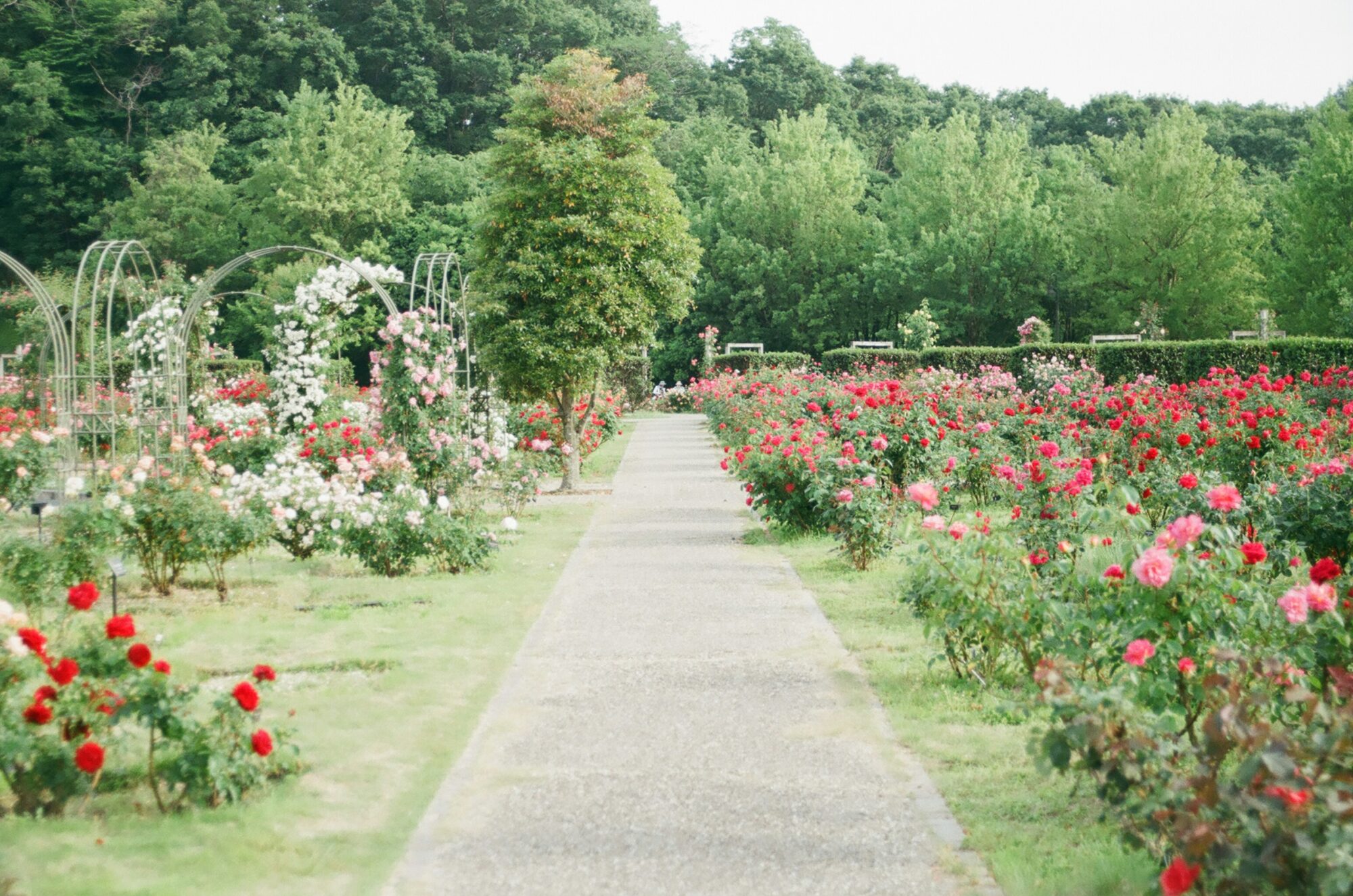Gardening 101: Tips for Beginners
Gardening 101: Tips for Beginners
Are you ready to dig deep into the world of gardening? If you’re a beginner, gardening can seem like an overwhelming task. But fear not! With a little knowledge and a green thumb, you’ll be able to turn your backyard into a picturesque paradise in no time. If you’ve ever thought about trying your hand at gardening but didn’t know where to begin, you’re in the right place. Gardening is a wonderful way to connect with nature, reduce stress, and create a vibrant living space around you. In this article, we’ll cover the basics of gardening, from choosing the right plants to nurturing them with love and care. So grab your gardening gloves and let’s get started!

Top 3 To-Dos for Beginning Your Gardening Journey
1. Choosing the Right Plants
When starting a garden, it’s important to choose plants that are suitable for your climate and soil conditions. Before you rush out to the nearest nursery, take some time to research which plants thrive in your region. Native plants are always a safe choice, as they are well-adapted to the local climate and require less maintenance.
2. Preparing the Soil
Just like building a strong foundation for a house garden, preparing the soil is crucial for a successful garden. Start by removing any weeds or rocks from the area you want to cultivate. Loosen the soil with a shovel or fork, breaking up any large clumps. Adding organic matter, such as compost or well-rotted manure, will improve the soil structure and provide essential nutrients for your plants.
3. Consider Location
Adopt the “perfect plant for the perfect spot” philosophy when it comes to any form of organic gardening. By carefully selecting perennial plants and full sun that thrive in their designated locations, you’ll set the stage for a flourishing and harmonious raised garden.
Planting Techniques
Now that you have prepared the soil, it’s time to start planting. Dig a hole slightly larger than the root ball of your plant. Place the plant in the hole, making sure that it sits at the same depth as it did in the pot. Backfill the hole with soil, gently firming it around the plant and cooperative extension. Give it a good drink of water to help settle the soil and hydrate the new plant.
1. Watering
Watering is a critical aspect of flower gardening, especially for beginners. The key is to find the right balance—not too much, not too little. Overwatering can drown the roots and lead to root rot, while underwatering can cause the plants to wither and die. The best way to know if your plants need water is by checking the soil moisture. Stick your finger about an inch into the soil – if it feels dry, it’s time to water. As a general rule, it’s better to water deeply and less frequently rather than lightly and often.
2. Fertilizing
Your garden plants need a steady supply of nutrients to thrive. While healthy soil can provide some of these nutrients, it’s often not enough. Fertilizers can help supplement the soil’s nutrient levels and promote healthy growth. There are many types of fertilizers available, including organic and synthetic options. It’s important to follow the instructions on the label and apply the fertilizer in the appropriate amounts to avoid damaging your plants.
3. Mulching
Mulching is like giving your garden a cozy blanket. A layer of mulch on top of the soil helps retain moisture, suppress weeds, and regulate soil temperature. Organic mulches, such as wood chips or compost, provide additional nutrients to the soil as they break down. Spread a layer of mulch around your raised beds, leaving a small space around the stems to prevent rot.
Pest and Disease Control
Gardens can attract unwanted visitors in the form of pests and diseases. To keep these critters at bay, it’s important to practice good garden design hygiene. Remove any dead or diseased plant material promptly, as these can harbor pests and spread diseases. Keep an eye out for signs of pest damage, such as holes in leaves or chewed stems. There are various organic pest control methods, such as neem oil or companion planting, that can help you raise garden beds and maintain a healthy garden without resorting to harsh chemicals.
Pruning and Maintenance
Regular maintenance is essential for a thriving garden. Pruning can help shape your plants, promote airflow, and remove dead or diseased branches. It’s important to use clean, sharp pruning tools and make clean cuts at a slight angle just above a node or bud.
In addition to pruning, be sure to keep an eye on your plants for any signs of stress or nutrient deficiencies. Yellowing leaves, stunted growth, or wilting can be indicators of underlying issues that need to be addressed.
Bonus Tip For your Gardening Journey2
Here’s an extra tip, especially for newcomers to the gardening world. While the previous tips are valuable, there’s one more piece of advice to enhance your gardening experience.
1. Creating a Gardening Calendar
A helpful tip is to make a gardening calendar. It’s a handy way to remember when to do things like fertilizing, planting, and pruning. Reminders can keep the schedule on track, and you can use it year after year. Plus, it’s a good place to jot down notes for future reference.
2. Knowing Your Planting Region
A quick internet search reveals your planting region. Talking to a local nursery expert is also helpful. They can recommend native plants that thrive in the region. Veteran gardeners at the nursery have lots of good advice for beginners. It’s a valuable resource to tap into for successful gardening.
3. Enjoying the Gardening Process
Surprisingly, many people find joy in looking after their garden. Regular tasks like deadheading, weeding, and tidying up provide a chance to connect with the garden. It’s not as much work as one might think, and it helps spot problems early, like dealing with caterpillars on lettuce heads.
Conclusion
Gardening is a fulfilling and enjoyable hobby that offers numerous benefits. Not only does it provide you with fresh produce, beautiful flowers, and container gardening, but it also allows you to connect with nature and unwind from the stresses of daily life. With the gardening tips provided in this article, you’re now equipped with the basic knowledge to embark on your gardening journey. Remember, gardening is a learning process, so don’t be afraid to get your hands dirty and experiment. Happy gardening!
Frequently Ask Questions (FAQs)
How often should I water my garden?
The frequency of watering your garden beds depends on several factors, such as the type of plants, soil type, and weather conditions. As a general rule, it’s better to water deeply and less frequently rather than lightly and often. Stick your finger into the soil – if it feels dry up to an inch deep, it’s time to water.
What are some natural ways to control pests in the garden?
There are several natural methods for controlling pests in the garden. Companion planting, where certain plants are grown together to repel pests, can be effective. Additionally, using organic pest control methods such as neem oil, diatomaceous earth, or homemade insecticidal soap can help keep pests at bay.
How do I know if my plants need fertilizer?
Plants show signs of nutrient deficiencies in various ways, such as yellowing leaves, stunted growth, or poor flowering. Conduct a soil test to determine the nutrient levels in your soil and choose a fertilizer that addresses any deficiencies. Remember to follow the instructions on the fertilizer label and apply it in the appropriate amounts.
When is the best time to prune my plants?
The best time to prune your plants is in early spring before the new growing season starts for most plants, while those that bloom in early spring should be pruned right after they finish flowering. Avoid pruning during winter, and use sharp, clean tools to make clean cuts, removing any dead or diseased branches to maintain plant health.
Sources
1.https://www.tidewaterfamily.com/learning-fun/gardening-101-tips-for-getting-started
2. Gardening 101: Top Tips Every Beginner Should Know (camillestyles.com)

